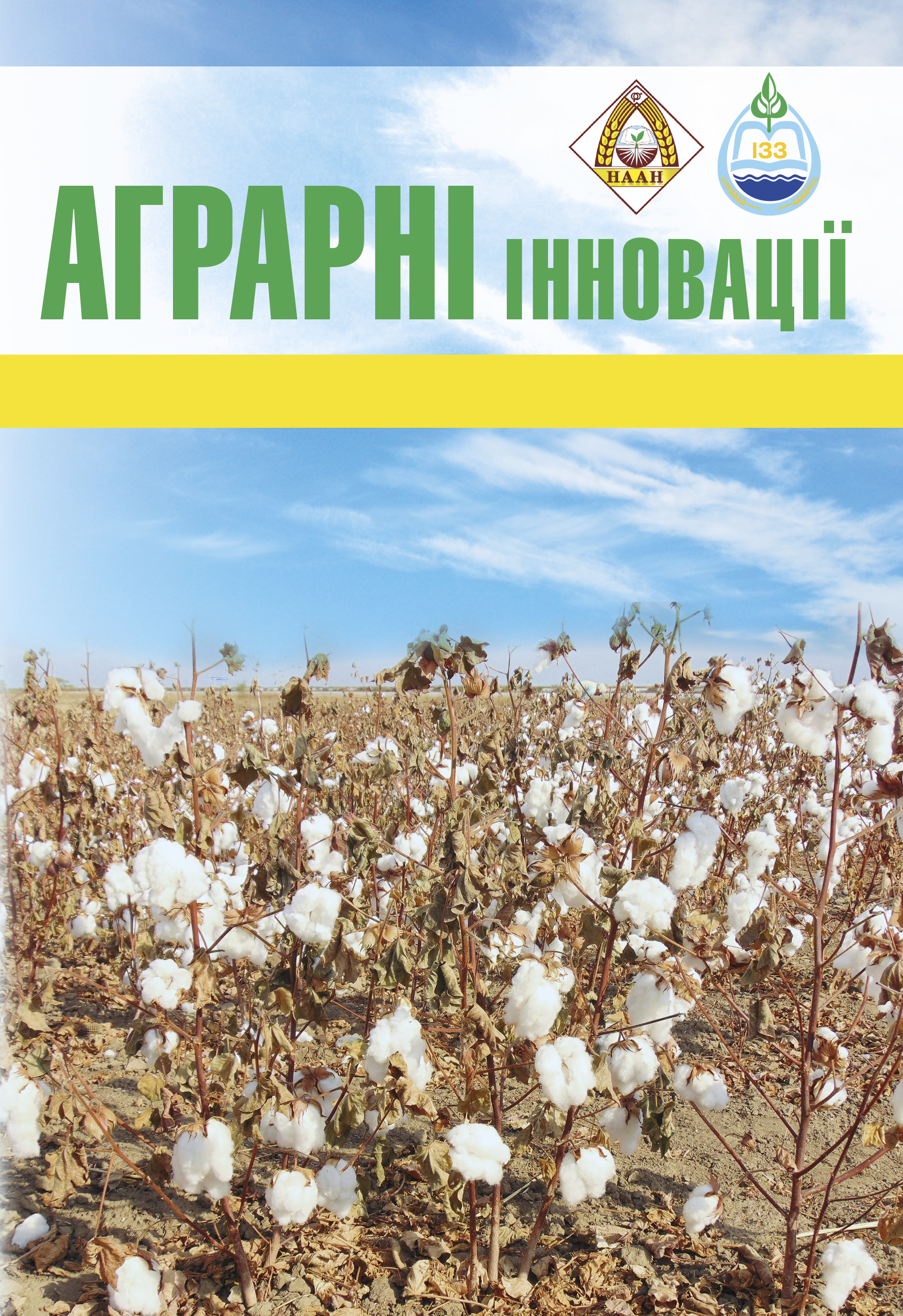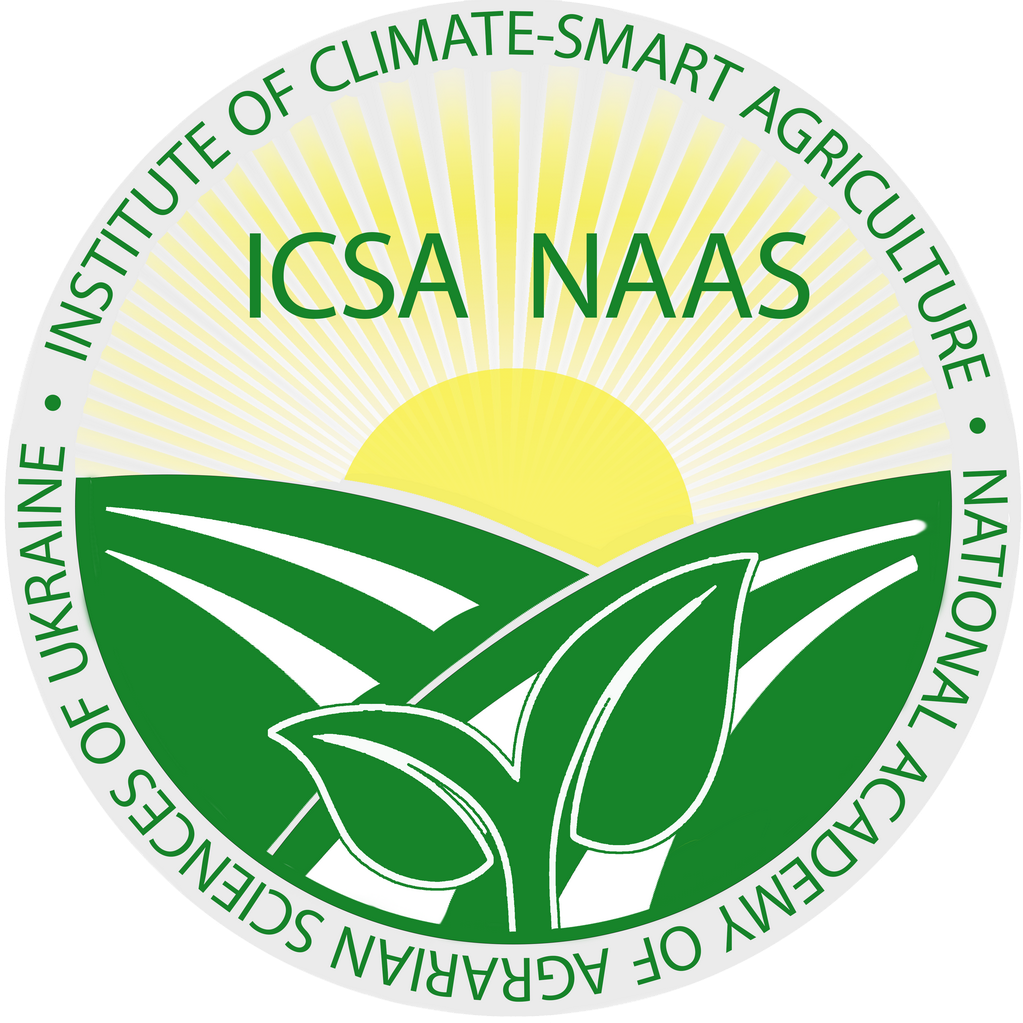Use of a linear regression algorithm to predict the yield of “Oktava odeska” wheat in the steppe zone of mykolaiv region
Abstract
The article examines the application of machine learning models to forecast the yield of winter wheat variety “Octava Odeska” under the steppe conditions of the Mykolaiv region. It substantiates the need to replace traditional multifactor physical models with more flexible big data analysis algorithms. As input data, yield figures from 2020–2024, average winter and annual temperatures, and precipitation amounts were used, obtained from the open sources of the Ukrainian Hydrometeorological Center and Mykolaiv National Agrarian University. The linear regression and second-degree polynomial regression models were implemented in the Google Colaboratory Python environment, enabling rapid prototyping and validation of results using MAE and MSE metrics.Linear regression demonstrated stable additive rela- tionships: with each degree increase in average winter temperature, yield increases by approximately 0.08 t/ha, while each millimeter of winter precipitation reduces yield by about 0.06 t/ha (MAE = 0.47; MSE = 0.22). The fore- cast surface is flat, with a negative slope along the temperature axis and a positive slope along the precipitation axis, truncated by the genetic potential maximum of the variety (~ 5.7 t/ha).The second-degree polynomial model revealed pronounced nonlinear saturation and “plateau” effects: yield increases with moisture up to 50–60 mm and temperature up to + 2 … + 7 °C, followed by a slowdown in growth under extreme conditions (MAE = 0.0637; MSE = 0.0078). This approach better captures the interaction of climatic factors during critical phenophases.The derived relationships enable scenario-based yield forecasting for various climatic conditions, prompt planning of agronomic measures–irrigation, heat stress protection, adjustment of sowing dates–and bring actual results closer to the genetic potential of the “Octava Odeska” variety.Additionally, a sensitivity analysis of the model to input parameter deviations was conducted, confirming its robustness and practical applicability in variable climatic conditions.
References
2. Інституційний репозиторій Миколаївського національного аграрного університету : офіц. веб-сайт / Миколаївський нац. аграр. ун-т. – Режим доступу: https://dspace.mnau.edu.ua/jspui/handle/123456789/9647?mode=full (дата звернення: 12.12.2024).
3. Prystash M. S., Prystash S. F., Torpakov A. S., Lypian Ye. V., Syzonenko O. M. The use of machine learning methods to predict the processes and results of high-voltage electric discharge processing of titanium powder in kerosene with the implementation of volume-distributed multi-spark discharge. IOP Conf. Ser.: Mater. Sci. Eng. – 2023. – Vol. 1277, Art. 012001 – DOI 10.1088/1757-899X/1277/1/012001.
4. Карташов М. В. Імовірність, процеси, статистика : монографія / М. В. Карташов. – Київ : ВПЦ «Київський університет», 2007. – 504 c.
5. Raschka S., Mirjalili V. Python machine learning : machine learning and deep learning with Python, scikit-learn, and TensorFlow 2. Manchester : Packt Publishing Ltd, 2019. – 498 p.
6. Український гідрометеорологічний центр Державної служби України з надзвичайних ситуацій : офіц. веб-сайт / Укр. гідрометеоцентр ДСНС. – Режим доступу: https://www.meteo.gov.ua/ (дата звернення: 12.12.2024).
7. Метеопост. Прогноз погоди в Україні : веб-сайт / Метеопост. – Режим доступу: https://meteopost.com/ (дата звернення: 12.12.2024).
8. Powers D. M. W. Evaluation: from precision, recall and f-measure to roc, informedness, markedness & correlation. Journal of Machine Learning Technologies. – 2011. – Vol. 2, № 1. – P. 37–63. – DOI 10.9735/2229-3981.
9. Willmott C. J., Matsuura K. Advantages of the mean absolute error (MAE) over the root mean square error (RMSE) in assessing average model performance. Climate Research. – 2005. – Vol. 30. – P. 79–82. – DOI 10.3354/cr030079.
10. Mean Squared Error (MSE) : електрон. ресурс / ProbabilityCourse.com. – Режим доступу: https://www. probabilitycourse.com/ (дата звернення: 12.09.2020).
11. Солодушко М. М. Тривалість осінньої вегетації та врожайність пшениці озимої . Бюлетень Ін-ту зерн. госп-ва УААН. – 2011. – № 40. – С. 32–35.
12. Наукові основи агропромислового виробництва в зоні Степу України / ред. кол. : М. В. Зубець (голова) та ін. – Київ : Аграр. наука, 2010. – 986 c.
13. Конопльова Є. Л. Особливості росту та розвитку рос- лин пшениці озимої у період весняно-літньої вегетації в північному Степу України. Бюлетень Ін-ту зерн. госп-ва УААН. – 2013. – № 4. – С. 116–120.
14. Гасанова І. І., Ноздрина Н. Л. Ріст та розвиток рослин пшениці озимої в період весняно-літньої вегетації в Північному Степу. Вісник аграр. науки Причорномор’я. – 2014. – № 2 (78). – С. 126–131.

This work is licensed under a Creative Commons Attribution 4.0 International License.






